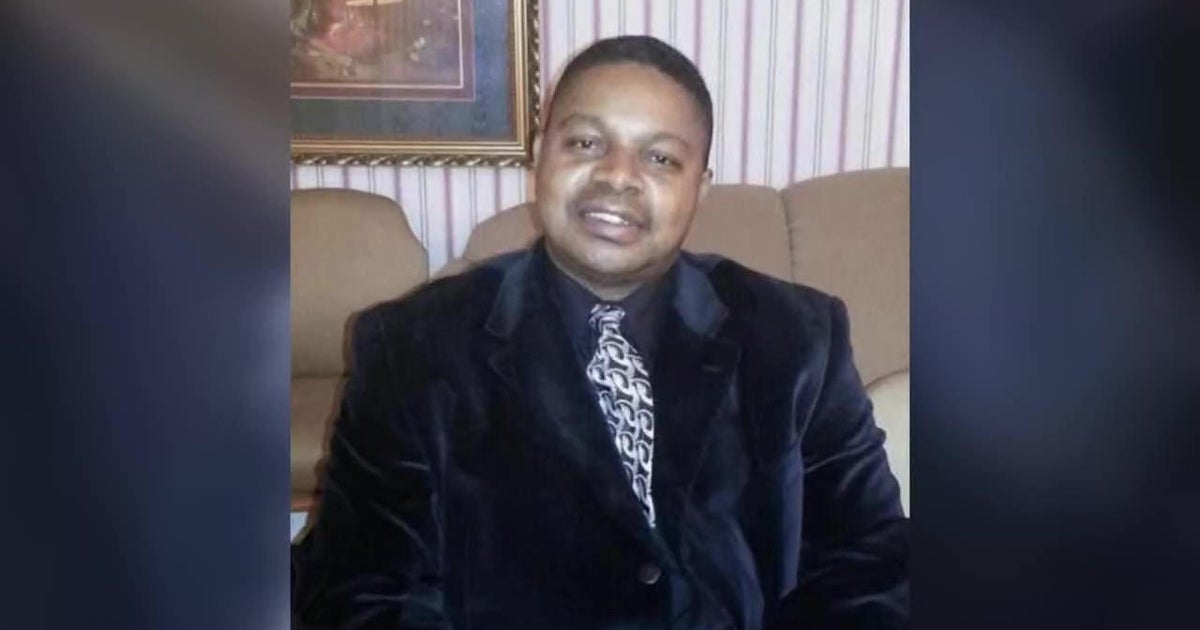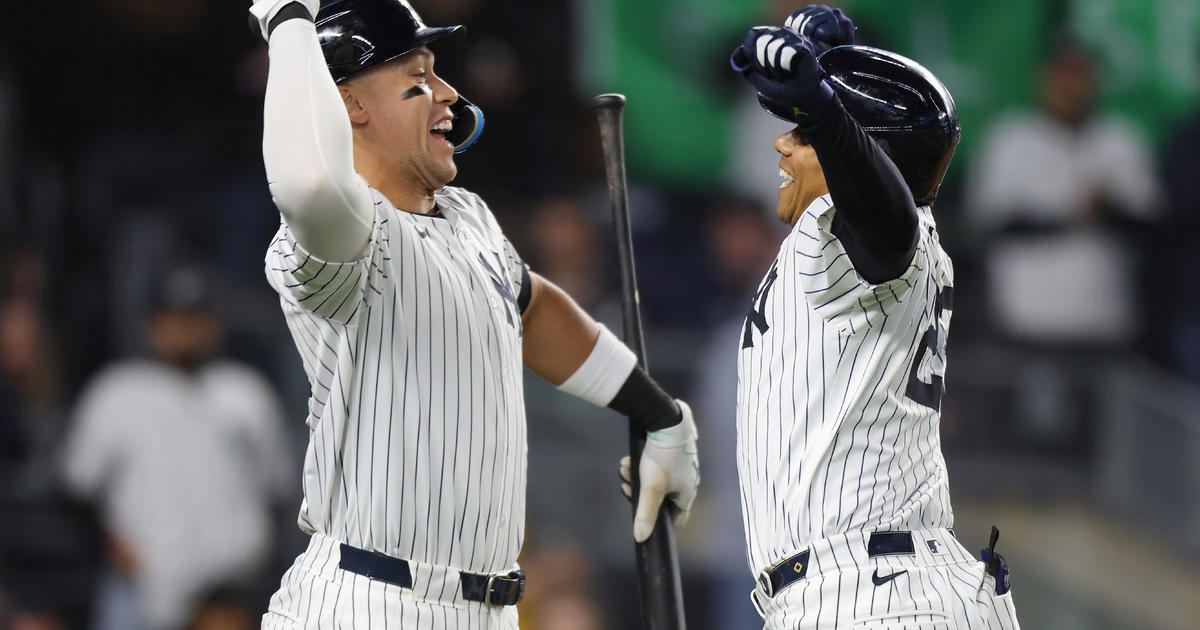By The Numbers: My Relationship With The Babe
By Father Gabe Costa
» More Columns
Recently the New York Yankees held their "Old Timers Day". This annual celebration has been held since the mid-1940's and, in a sense, has had its roots dating back to July 4, 1939, when the immortal Lou Gehrig had his number retired and made his "luckiest man" speech.
The first Old Timers Day I attended was in the early 1960's…there were so many stars … I have so many memories …seeing Joe DiMaggio trotting out of the dugout and actually swinging a bat, for example … and hearing Mel Allen welcoming the two First Ladies of Yankeedom: Mrs. Lou Gehrig and Mrs. Babe Ruth.
Over the years I have had the pleasure of meeting with and speaking to a few former Yankees: Steve Balboni, Yogi Berra, Dr. Bobby Brown, Gil MacDougald and Phil Rizzuto.
In this installment of By The Numbers, I would like to share some personal feelings about the greatest player who ever lived…and my relationship with him … a relationship which began nearly six decades ago.
I grew up in Hoboken, New Jersey, the very home of Elysian Fields, where the first professional baseball game was played in 1846. I was born more than a century later, in 1948. And I was exactly three-and-a-half months old when Babe Ruth died on August 16, 1948. But that didn't stop me from getting to know him.
Babe Ruth…there was something magical about his name; it seemed to fit him perfectly.
When I was six or seven years old, I began to ask my dad to tell me about Babe Ruth. He told me that he actually met Ruth once – in a freight elevator, of all places. My father was impressed by Ruth's massive size, especially his height.
Babe Ruth … every now and then, in the mid-1950's, Ruth's picture would appear in the New York Daily News. There was almost always a welcoming smile on his face, and I could sense that his huge torso housed a sentimental and loving heart.
And every now and then, again in the mid 1950's, a black-and-white film clip of a Ruthian home run would be shown on television. There was something graceful about the swing; and the batted ball seemed to trace out a majestic arc. And those Yankee Pinstripes. And that perfect Number Three. Babe Ruth was larger than life…at least to me.
I loved baseball…and I loved the Yankees. Yogi Berra…Whitey Ford…and, especially, Mickey Mantle. But I somehow sensed that these great Yankee stars just couldn't compare with Babe Ruth.
I just had to learn more about Babe Ruth. And I would.
My first real contact with Babe Ruth came in 1958. I was watching him on TV one night with my father. Actually it was William Bendix playing Babe Ruth. I remember this Babe Ruth taking an injured dog to a hospital, insisting that the doctors and nurses tend to the dog, even though he was told that the hospital was not for pets in need of medical treatment. I also remember a gritty, grimy Babe Ruth hitting three home runs in his (as it was portrayed) last game as a member of the Boston Braves, looking so out of place without Yankee pinstripes. Finally, I remember a dying Babe Ruth, being wheeled on a gurney, on his way to bravely undergo some experimental medical procedure.
That very night, after the movie ended, I decided that I would read everything possible about Babe Ruth. I would try to absorb everything I could learn about this man…not just the baseball statistics, but about the person, as well.
A year or two later, I met the Babe's widow. Actually, she was being interviewed by Edward R. Murrow on the TV show, Person to Person. Clare Ruth showed pictures of her deceased husband while telling stories about him and their relationship. And I got to know more about this great man. Mrs. Ruth also told the viewers that they could obtain Ruth's autograph on cancelled checks, if they would merely send a request to her. To this day, I still don't know why I never took advantage of her kind offer.
Soon after, I read the Babe's autobiography, which he wrote with the assistance of syndicated columnist Bob Considine. The book was published right around the time of Ruth's death and contained dozens of pictures. These photographs helped me to see different perspectives at various times of his life, and Ruth's style of writing made me feel that he was talking to me.
Next, I read Babe Ruth, a book written by Tom Meany, a Brooklyn sportswriter. I continued to learn more and more about the charismatic Ruth, getting more insights into his personality. And I wanted to learn even more.
In 1960 I attended my first game at Yankee Stadium. I was twelve years old.
This was the House That Ruth Built. Oh that green façade! In those days, fans were allowed onto the field once the game ended. I remember going to right field…looking towards home plate…imagining how Babe Ruth must have felt standing in the very spot where I stood. How could he throw a ball that far? Not only that, but I also touched his monument in center field (like so many kids my age, I actually believed that he was buried at Yankee Stadium…either under home plate or under the monument).
The next year, 1961, the American League expanded to ten teams and lengthened its schedule by eight games. And the Babe's ghost appeared in a spectacular way. Yankee outfielders Mickey Mantle and Roger Maris were hitting home runs at such a fast clip, that it looked like either or both of these stars would surpass Ruth's seasonal total of 60 home runs, which the Bambino set in 1927. It was impossible to read the daily sports pages without references to Babe Ruth. Controversy upon controversy ensued. Would a new record count because of the extended season? Should a new record count because of the extended season? In the end, Maris hit his famous 61st circuit clout, while Mantle finished with seven less home runs. But Ruth was not forgotten; on the contrary, he became even more visible in the media.
And then there was Mel Allen, the radio and television Voice of the Yankees. During rain delays of games, he would tell stories…and many times these tales would be about Babe Ruth. In his recollections, Allen provided a connection between someone who actually knew Babe Ruth and those of us who did not. I always felt that I learned a little bit more about Ruth after hearing these wonderful, warm stories.
As the 1960's passed into the 1970's, outfielder Henry Aaron kept adding to his impressive career total of home runs. Yet even when Aaron surpassed Ruth's 714th home run in April of 1974, Ruth still remained in the news.
At about the same time Aaron passed Ruth's career home run mark, authors Robert Creamer, Marshall Smelser and Kal Wagenheim would all write what could be considered definitive biographies on Babe Ruth.
In the late 1970's, the art and science of sabermetrics (the search for objective knowledge about baseball, as defined by noted sabermetrician Bill James) would emerge. Metric after metric would reveal and affirm that Babe Ruth reigned supreme as the greatest player ever, something I never doubted.
Several years later, Stephen Lang (on TV) and John Goodman (in the movies) starred as the Bambino. I enjoyed watching both of these productions, but Lang seemed too lanky to be Babe Ruth and Goodman was far too heavy to be the Sultan of Swat.
My personal favorite portrayal of Ruth was by Ramon Bieri in the 1978 TV movie, A Love Affair: The Eleanor and Lou Gehrig Story. It seemed to me that he not only looked like Babe Ruth should look, he acted like Babe Ruth should act. He was almost as realistic as the Babe playing himself in The Pride of the Yankees, which appeared in the early 1940's.
And Babe Ruth would continue to endure; for example:
- In 1993, a movie called The Sandlot featured both a baseball signed by Ruth along with the Babe making a seemingly angelic visit to a young boy.
- In 1995, Hofstra University would devote four days to a convocation which celebrated the 100th birthday of this American icon.
- The plot of the 2006 cartoon movie, Everyone's Hero, revolved around a bat used by – not Ty Cobb, not Joe DiMaggio, not Barry Bonds – but by Babe Ruth himself.
- And but a few years ago, baseball author Leigh Montville penned yet another "definitive life" of Babe Ruth titled The Big Bam.
Over the years, I have had the good fortune to meet both Dorothy Ruth Pirone, Babe's biological daughter, and Julia Ruth Stevens, his adopted daughter. And I twice had the added pleasure of visiting with Mary "Mamie" Ruth Moberly, Ruth's sister. And I learned more about the Bambino.
Many conversations with noted expert on long distance home runs, Bill Jenkinson, have helped me to further my understanding of Babe Ruth. Mr. Jenkinson also enabled me to meet, and stay in contact with, Linda Ruth Tosetti, Dorothy's daughter. Mrs. Tosetti is a warm, friendly woman, who bears some facial resemblance to her grandfather. It strikes me that if she is like her grandfather, then – to the same extent – her grandfather must have been like her. And to think that Babe Ruth was like his granddaughter Linda, confirms and reinforces all the great things one thinks and feels about Ruth. By the way, her equally friendly husband, Andy, is a (gasp!) Red Sox fan.
Meeting Tony Morante has been a blessing. As the Director of Tours for Yankee Stadium (Old and New) and a baseball historian, Mr. Morante has provided me with even deeper insights into both Ruth and the House he built.
Special CBS Local Offer: Visit CBS Local Offers today for 42% off Yankees tickets for select home games in July.
In the final analysis, as the years pass, I realize more and more that Babe Ruth will never disappear. Even in the dead of winter, one cannot read the sports pages for at most a week, without seeing some reference to Babe Ruth. Regarding other sports luminaries such as Michael Jordan, Wayne Gretzky, Muhammad Ali, Pele…one can go weeks without hearing or reading about them. Babe Ruth has been dead for well over sixty years. Yet Ruth continues to endure.
Babe Ruth. I feel like I've come full circle. I have visited his birth place in Baltimore, Maryland. I have blessed his grave in at the Gate of Heaven Cemetery in Hawthorne, New York.
So, what was Babe Ruth like? He was a man-child; spontaneous, impetuous, warm, manly, generous, hedonistic, indomitable. He could laugh and cry at the drop of a hat, so close to the surface were his emotions. He would give you the shirt off his back. He was the greatest baseball player ever. He was the most famous athlete of all time. He loved his country. He loved his Church. He loved kids. The man who called everyone "Keed!" was the ultimate kid. He left an unparalleled legacy. He was real. He was genuine. He was part street kid from the Baltimore waterfront and part St. Francis of Assisi.



